The Grand Bazaar of Tabriz in the northwestern city of Tabriz, Iran, known as the largest roofed bazaar in the world and the oldest one in the Middle East. In 2010, the UNESCO declared Tabriz Bazaar as a World Heritage Site.
Iran (IMNA) - Tabriz has been an important Iranian city regarding cultural exchanges since antiquity and Tabriz Bazaar is considered as one of the most significant commercial centers on the Silk Road. This historical place consists of a series of buildings and enclosed spaces for different functions. In this respect, for centuries, the endless labyrinthine of architectural marvels and colorful traditional goods has attracted many visitors from around the world.
This magnificent bazaar had its glorious day in the 16th century, when Tabriz considered as the capital city of the Safavid kingdom. However, in 17th century the city lost status as a capital still remaining flourishing as a commercial hub in the 19th century when 25 percent of Iran’s business transactions constituted at Tabriz Bazaar, even higher than transactions in capital city of Tehran.
In addition, prominent explorers and writers such as Marco Polo, Yaqut al-Hamawi and Jean Chardin claimed to have passed through Tabriz Bazaar while journeying on the Silk Road.
The masterfully-designed of domes and vaults decorated with intricate brickworks and tileworks have turned the complex into an outstanding masterpiece in oriental architecture. The complex consists of several sub-bazaars or Timchehs. The most important and luxurious part of Tabriz Bazaar is Amir Bazaar, also known as Timcheh Amir where shop exclusively sell gold and jewelry. This section has the largest dome in the entire Bazaar. Another stunning section is Mozaffarieh Bazaar, also known as Timcheh Mozaffarieh; famous for sale of exquisite Persian carpets and stunning architectural design.
In 2010, the UNESCO declared Tabriz Bazaar as a World Heritage Site.
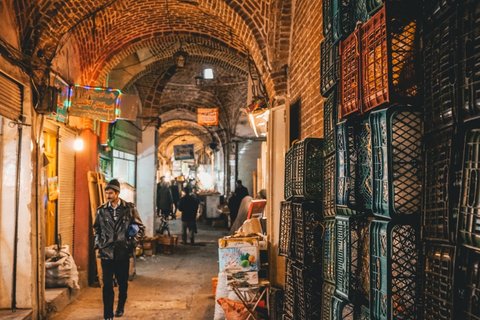
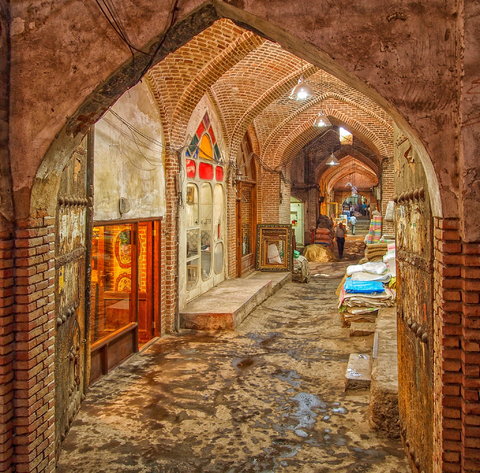
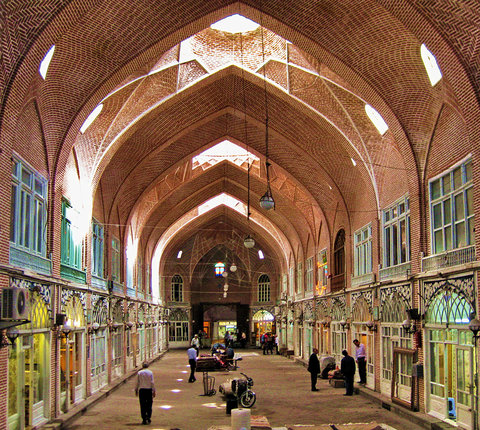
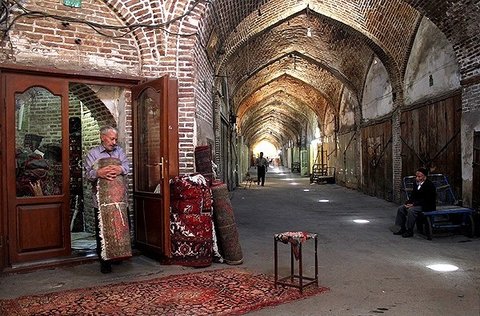
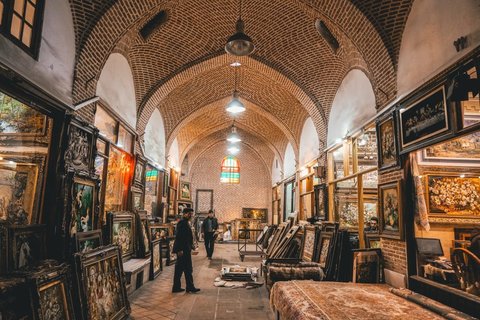
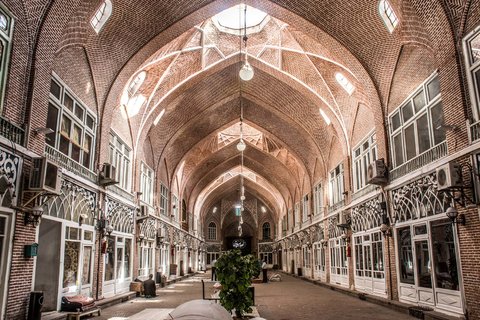

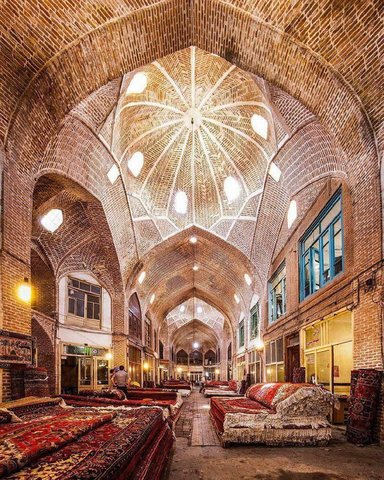

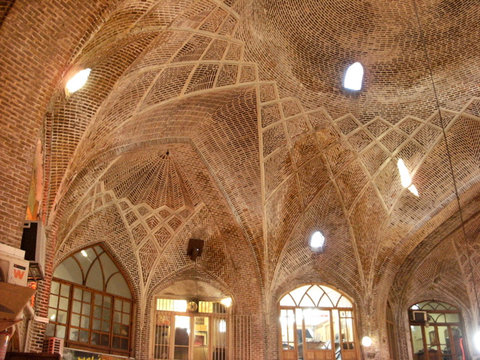
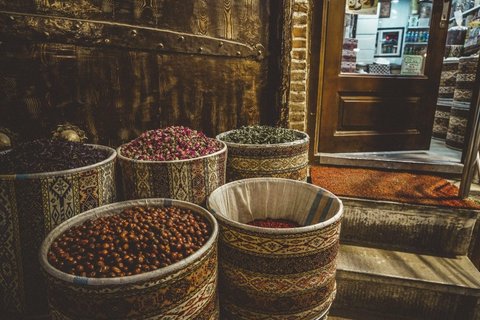
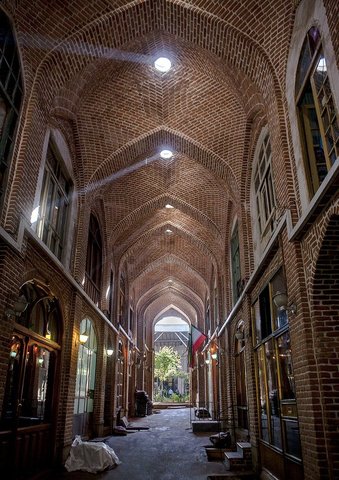
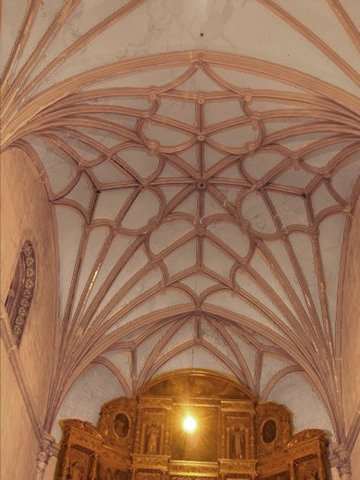
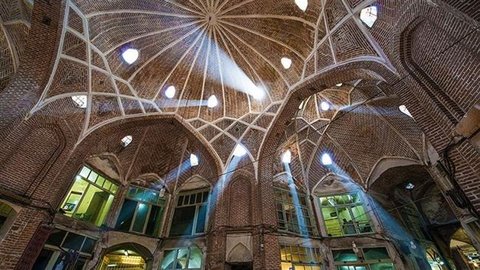
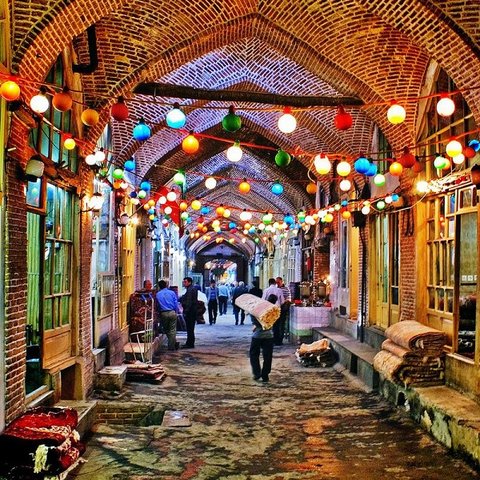
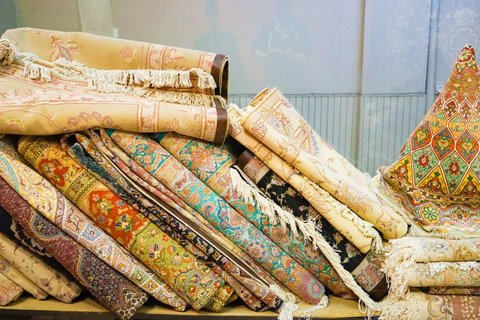
Your Comment